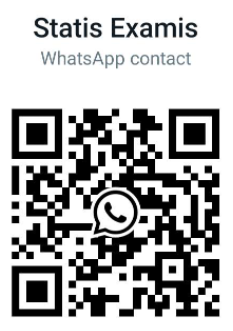Navigation » List of Schools » Glendale Community College » Psychology » Psychology 103 – Physiological Psychology » Spring 2022 » Chapter 6 Practice Quiz 1
Question #1
A horizontal cell layer.
B amacrine layer.
C limulus.
D lateral neural network.
E lateral geniculate.
Question #2
A hallucinations.
B lateral inhibitions.
C ommatidia.
D lateral plexuses.
E Mach bands.
Question #3
A black and white, stripes, and moving objects.
B large, moving objects.
C moving objects, large patterns, and color.
D color, fast moving objects, and faces.
E color, fine detail, and stationary objects.
Question #4
A detail.
B color.
C stationary patterns.
D movement.
E all of these
Question #5
A low cortical representation of the fovea.
B low cortical representation of color.
C low cortical representation of movement.
D high cortical representation of the fovea.
E high cortical representation of movement.
Question #6
A opens potassium channels.
B hyperpolarizes rods.
C depolarizes cones.
D depolarizes rods.
E opens sodium channels.
Question #7
A photopic vision of humans.
B
C colors of the rainbow.
D absorption spectrum of cones.
E photopic vision of fish.
F scotopic spectral sensitivity curve.
Question #8
A translation of one form of energy to another.
B transmission of visual signals to the cortex.
C disappearance of visual stimuli.
D perception of lights.
E transmission of sensory signals to the cortex.
Question #9
A change shape.
B vibrate.
C increase in brightness.
D continually disappear and reappear.
E move to the midline.
Question #10
A blind spots.
B connections between the photopic and scotopic systems.
C retinal neurons.
D eye movements.
E centers of color vision.
Question #11
A brightness of various wavelengths of light shone on the fovea.
B brightness of various intensities of light shone on the periphery of the retina.
C intensity of various wavelengths of light shone on the periphery of the retina.
D intensity of various wavelengths of light shone on the fovea.
Question #12
A at the center of the fovea than there are 20° from the center.
B in the temporal hemiretina than in the nasal hemiretina.
C in the nasal hemiretina than in the temporal hemiretina.
D all of these
Question #13
A neural convergence.
B all of these
C rods.
D sensitivity in dim illumination.
E receptors in the periphery of the retina.
Question #14
A the photopic system.
B rhodopsin.
C the optic disks.
D the scotopic system.
Question #15
A the scotopic system.
B duplexity.
C the photopic system.
D rhodopsin.
E rods.
Question #16
A blind spot.
B fovea.
C choroid.
D optic disk.
E sclera.
Question #17
A cornea.
B first layer of the retina to be reached by light entering the eye.
C last layer of the retina to be reached by light entering the eye.
D optic disk.
E middle neural layer of the retina.




